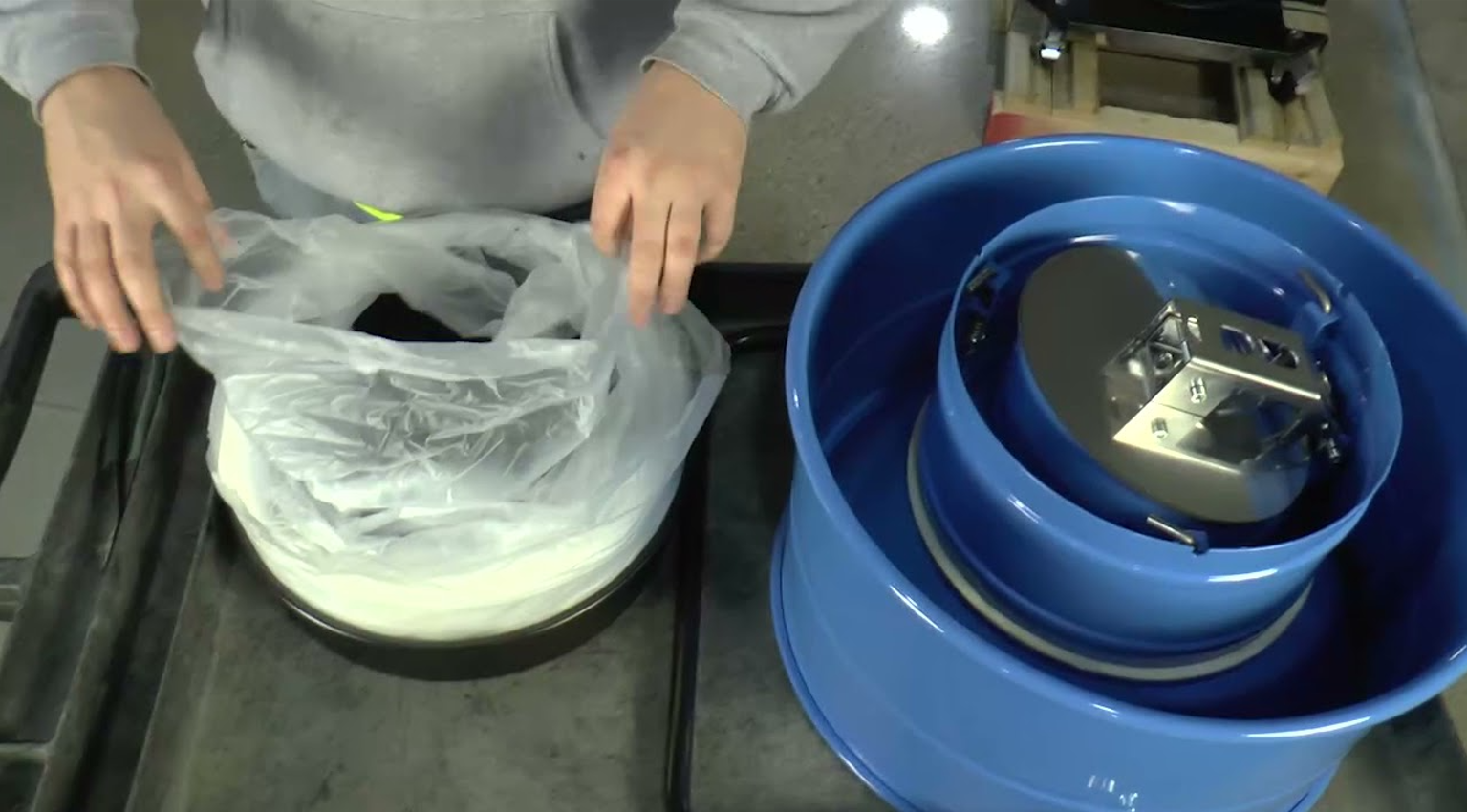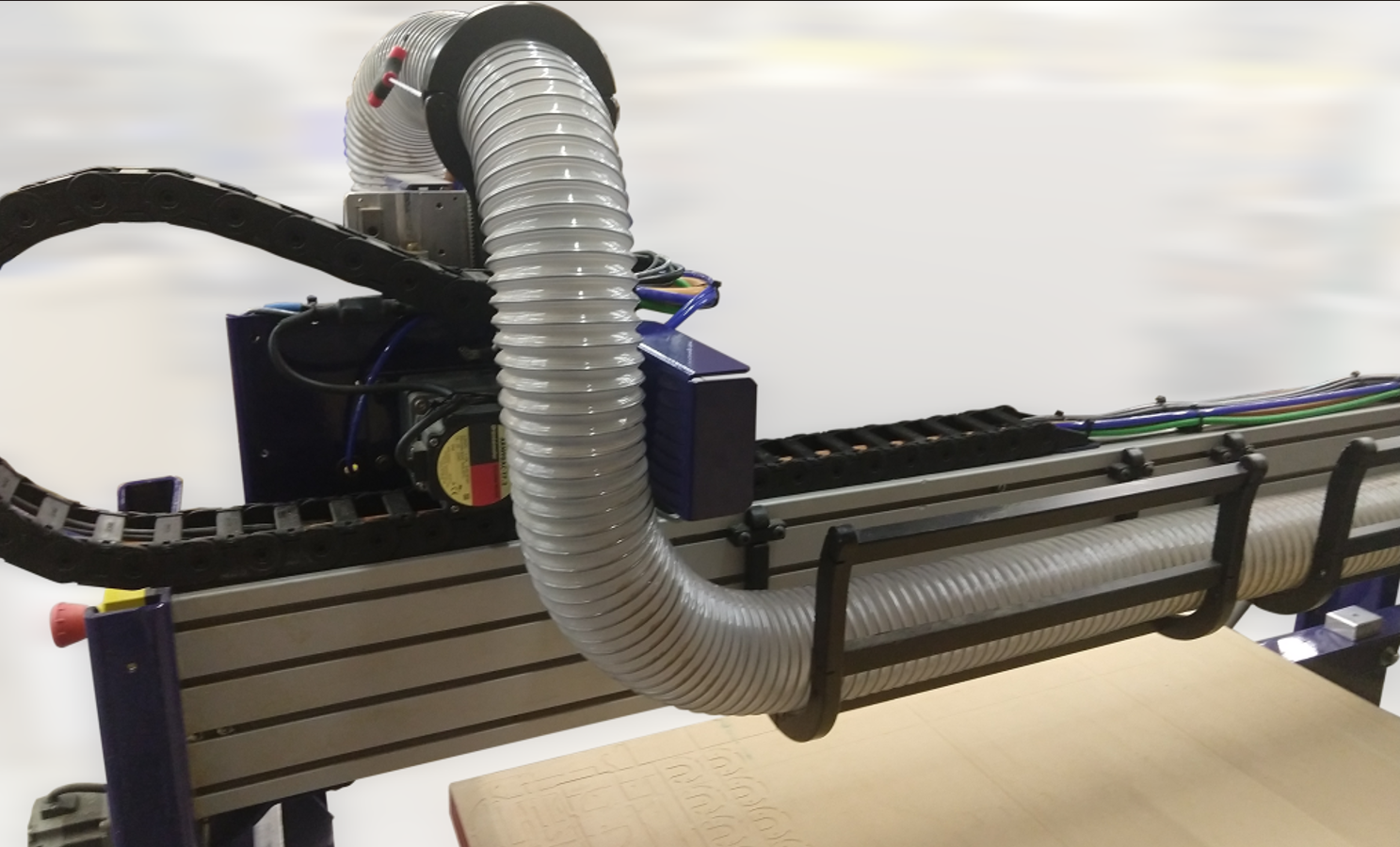Working in a woodworking shop can be rewarding, but it also comes with risks. Dust, fumes, and sharp tools can be dangerous if not managed properly. Keeping your shop safe protects your health and helps you work better. Here are some practical tips for a healthy and safe woodworking shop.
1. Manage Dust Effectively
Wood dust can harm your lungs and skin. Controlling it is essential.
- Use a Manual Dust Collector: For small shops, a manual dust collector helps capture dust at the source. Empty it regularly.
- Invest in an Industrial Dust Collector: Larger shops should consider an industrial dust collector. These handle more dust and keep the air cleaner.
- Check Filters and Ducts: Ensure everything is clean and functioning correctly.
A clean system improves air quality and protects your tools.
2. Install a Fume Exhaust System
Some woodworking materials release harmful fumes.
- A fume exhaust system removes these fumes.
- Place it near areas where fumes are most potent.
- Keep ducts clean and maintain proper ventilation.
This helps you breathe easier and reduces health risks.
3. Maintain Tools and Machines
Poorly maintained tools cause accidents and slow work.
- Sharpen blades and bits regularly.
- Lubricate moving parts.
- Check safety features like guards and emergency stops.
Well-kept tools are safer and last longer.
4. Organize Your Shop
A messy shop is dangerous.
- Set up work zones for cutting, sanding, finishing, and assembly.
- Keep walkways clear of scrap wood, cords, and tools.
- Store tools properly to avoid clutter.
A tidy workspace is safer and more productive.
5. Wear Safety Gear
Protective equipment is essential.
- Eye protection: Safety glasses or face shields.
- Hearing protection: Earplugs or earmuffs.
- Respiratory protection: Dust masks or respirators.
- Gloves and protective clothing: Prevent cuts and chemical exposure.
Make sure everyone knows how to use the gear correctly.
6. Improve Lighting and Comfort
Good lighting and ergonomics prevent fatigue and accidents.
- Use bright, even lighting.
- Consider anti-fatigue mats if you stand for long hours.
- Adjust workbench height for comfort.
Small changes make a big difference in safety and comfort.
7. Train and Educate
Knowledge is key to safety.
- Hold regular safety training.
- Keep instruction manuals and guides available.
- Encourage awareness among everyone in the shop.
Training keeps your team alert and prepared.
8. Clean Daily
Daily cleaning prevents accidents.
- Sweep or vacuum floors.
- Dispose of scrap material promptly.
- Wipe down machines and benches.
Regular cleaning keeps hazards under control.
Maintaining a safe woodworking shop is about simple, consistent habits. Dust control, proper tools, organization, and protective gear all help keep you healthy. Follow these tips to enjoy your craft safely and efficiently.



